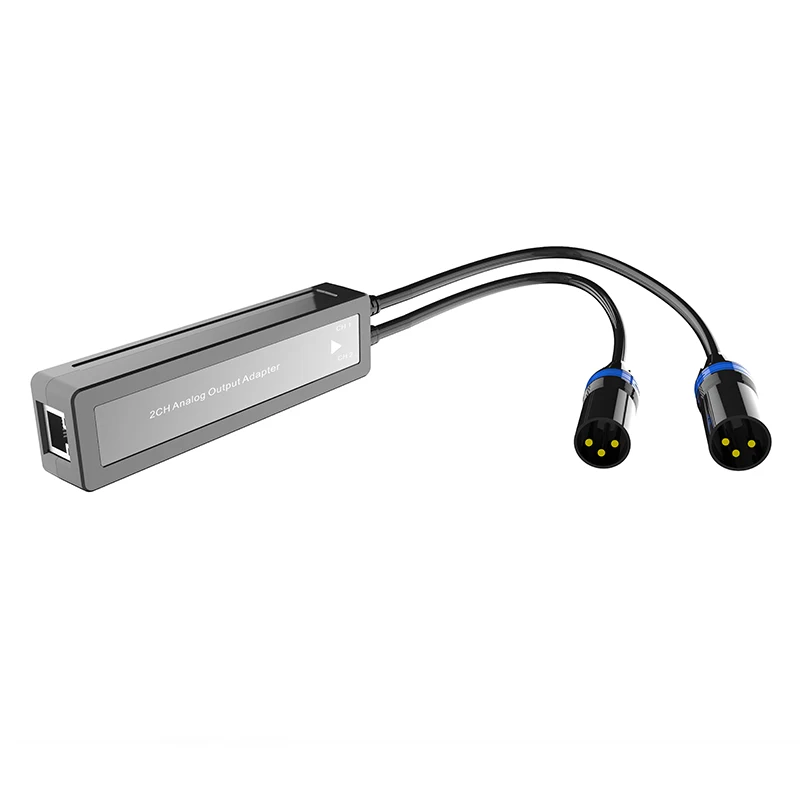
- English
- Español
- Português
- русский
- Français
- 日本語
- Deutsch
- tiếng Việt
- Italiano
- Nederlands
- ภาษาไทย
- Polski
- 한국어
- Svenska
- magyar
- Malay
- বাংলা ভাষার
- Dansk
- Suomi
- हिन्दी
- 繁体中文
- العربية
- Indonesia
- فارسی
- Eesti Keel
- Srpski језик
- Afrikaans
- icelandic
- беларускі
- Hrvatski
- ភាសាខ្មែរ
- ქართული
- Maori
- Тоҷикӣ
- O'zbek
- Հայերեն
- Lietuvos
- שפה עברית
- Pilipino
- Türkçe
- Gaeilge
- Norsk
- český
- ελληνικά
- український
- български
- ລາວ
- Latine
- Қазақша
- Slovenský jazyk
What Exactly Is the "Dante Protocol" In Audio Signal Transmission?
2023-06-08
In the audio and video industry, we often hear that a certain audio product supports the "Dante protocol". What exactly is this "Dante protocol"? What are its advantages? And why is it so important in the audio and video industry?
Dante protocol is a modern high-performance digital media transmission system running on a standard IP network. It is a technology that transmits real-time audio signals in Ethernet using IP data structure, providing a low-latency, high-precision and low-cost solution for point-to-point audio system connections. It was developed by Audinate in 2003 and is a professional, uncompressed, new generation of network audio transmission technology based on a 3-layer IP network. Dante protocol is very different from traditional audio transmission. It can transmit digital audio, power supply and control at the same time using only one network cable, saving a lot of construction costs and reducing unnecessary manpower and financial resources.
Dante technology can transmit high-precision clock signals and professional audio signals on Ethernet (100M or 1000M) and can perform complex routing. Audio signals can be transmitted arbitrarily in Ethernet using TCP/IP, and the accurate restoration of signals is maintained in the process. The audio signal is converted into a TCP/IP network signal through a dedicated converter and transmitted to the network. The audio signal is routed to any output converter on the Internet in the form of a data packet and converted into an analog signal for the speaker or recording device. For some processing devices, such as digital processors and digital mixers, there is no need for digital and analog conversion. Instead, the data packet is processed directly in the network environment and returned to the network in the same TCP/IP data packet for use by other devices. In this process, each device does not need to worry about where its signal is routed or where these signals come from, which greatly reduces the configuration complexity of the breakpoint device. All routing can be completed by a dedicated software using one-to-one corresponding channel names. This routing process is very simple.




